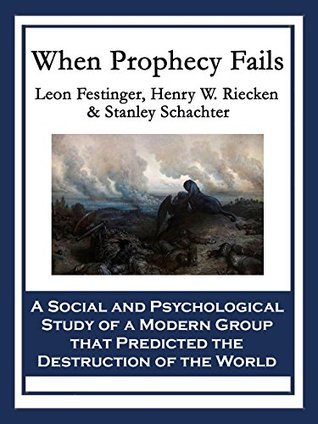What do you think?
Rate this book


181 pages, Kindle Edition
First published January 1, 1956
Mrs. Armstrong's response was immediate and almost frightening in its initial ambiguity. "You've been sent", she declared. "They sent you." Fortunately for our observer's poise, Mrs. Armstrong went on to explain that "they" referred to the Guardians or people from outer space who were watching over the chosen on earth and guiding their actions.
